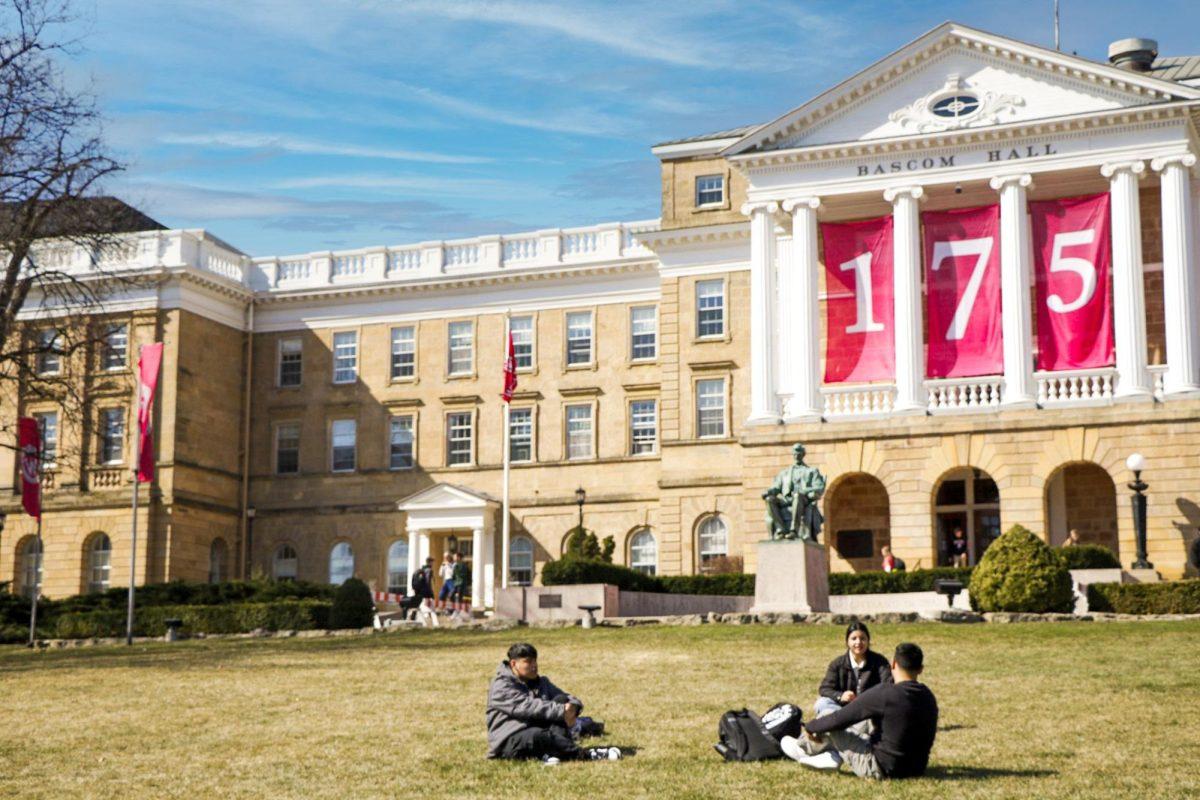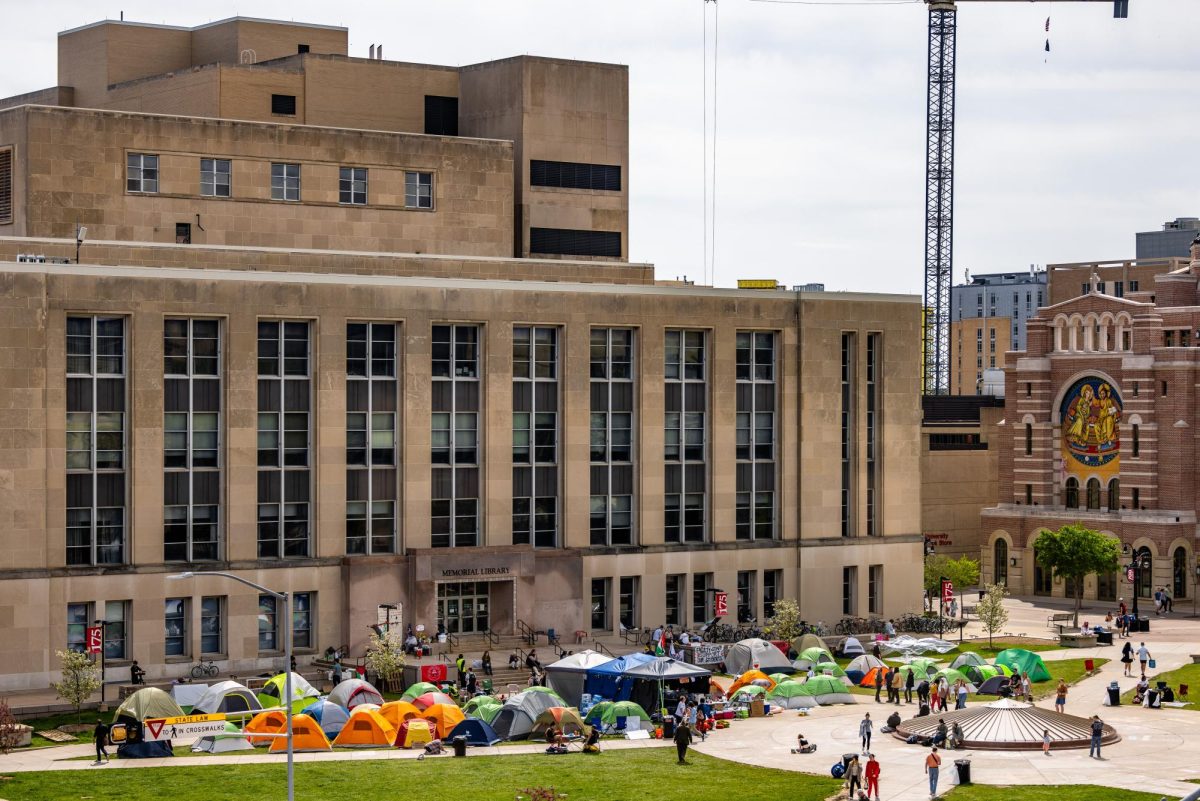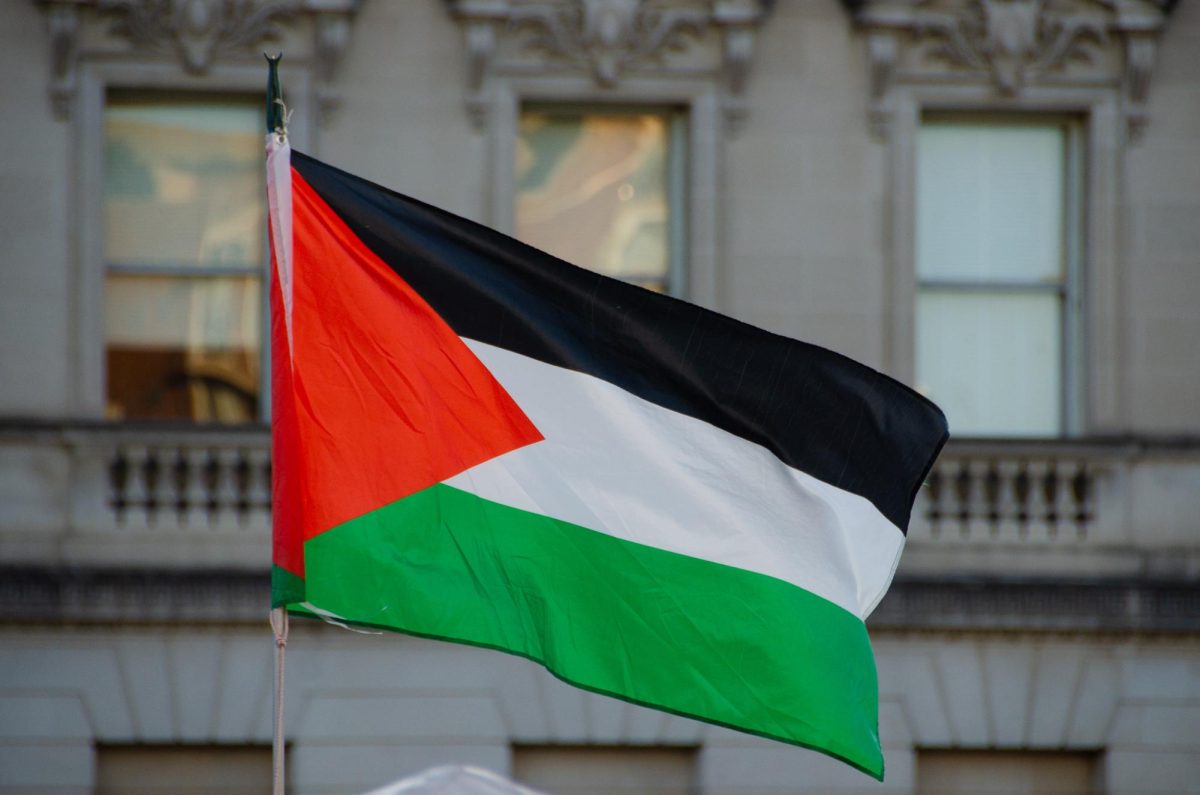Everyone must be thinking it by now. Is the controversy over the Danish cartoons of the Islamic prophet Mohammed really still going on? Is it possible that it's getting worse? Prevailing political wisdom says riots die out; the angry mobs will grow tired and go home. But the most violent of the recent spate of protests, in which a group of Nigerian Muslims killed 15 Christians, was the deadliest so far. If anything, it is the peaceful protests that have subsided since the first days of outrage. It seems that the reaction is limited now to those with a greater, driving vengeance.
In the midst of all the talk of freedom of speech and murderous ideology last week, a very different set of images rose to the surface. These are a series of photos from Abu Ghraib prison in Iraq depicting the torture and inhumanity practiced by United States guards on the mostly Islamic inmates. These are not the images, now famous, that were first brought to public attention last year and which caused a brief storm over U.S. treatment of international prisoners. You haven't seen these pictures, though most of them were taken at least two years ago.
Places like Abu Ghraib prison seem to flourish beneath the surface of our consciousnesses. We know they exist, that somewhere off the coast, on a small island covered in shrubs, there are looming, dark fortresses where the U.S. Army sends men and women that may or may not pose a threat to our nation. At some point, though, our awareness of these places descends into muddled imagination and we forget or move on.
Controversies like the one over the Danish cartoons are played out on the very surfaces of our daily existences — above all, on our television screens. For the few weeks that a story like this is first on the evening news, nearly everyone knows about it, has heard the arguments for both sides and shared their own opinion with someone in class or at work. Some may have even seen the images. Similarly, when the violent protests in Nigeria or Libya are all that is left, it seems, we move on.
But the anger of the raging Islamic crowds, in Europe and Africa, mostly, continues. The monologues about freedom of speech, the bravery of the press and the shocking power of an image have all but been relegated to those that seem to care about such things for a living. Nothing has been resolved. In a way, there was no point to the controversy at all, except to give everybody something to rally around for a few weeks — something different, but necessarily transient, to spice up the mundane existences of us non-prisoners.
If these latest photos from Abu Ghraib were made public — in the democratic, mass-media sense of the word — I have a feeling that people might at first be speechless. There is not much to say about what these images relate to us about the lives of the nameless, faceless prisoners at Abu Ghraib, except, maybe, is that really going on? The U.S. government has done an incredible job of keeping these images hidden because it knows that — unlike a dozen sketchy cartoons — these might speak for themselves.
Thing is, though they may be buried in our imaginations or deep in the halls of government offices, the fact of these images still percolates beneath the surface of banality. This may be most evident in what has become the lifeblood of daily life, the Internet. It is there that these recent images were first published. They have spread, link to link, like a virus, to the curious and the imaginative alike across the world. Soon, through old-fashioned word of mouth, people will know that they exist without having ever seen them.
"The pictures," said Susan Sontag in an essay published following the release of the first images, "will not go away." Human nature, so ironically manifested in the Internet, will see to that. In light of the seemingly absurd reaction to what are just cartoons, the more serious attempts to keep these latest photos hidden are ignorant, if not wishful. The longer the Abu Ghraib photos go publicly unacknowledged, the greater their force will be driven beneath the surface, and the more frighteningly inexplicable their consequences will seem.
Many newspapers did a fine job of playing their role as defenders of freedom of speech last week. Now they ought to defend plain freedom, too, and show the dreamy masses what people are really angry about.
Josh Cohen ([email protected]) is a freshman majoring in philosophy.














